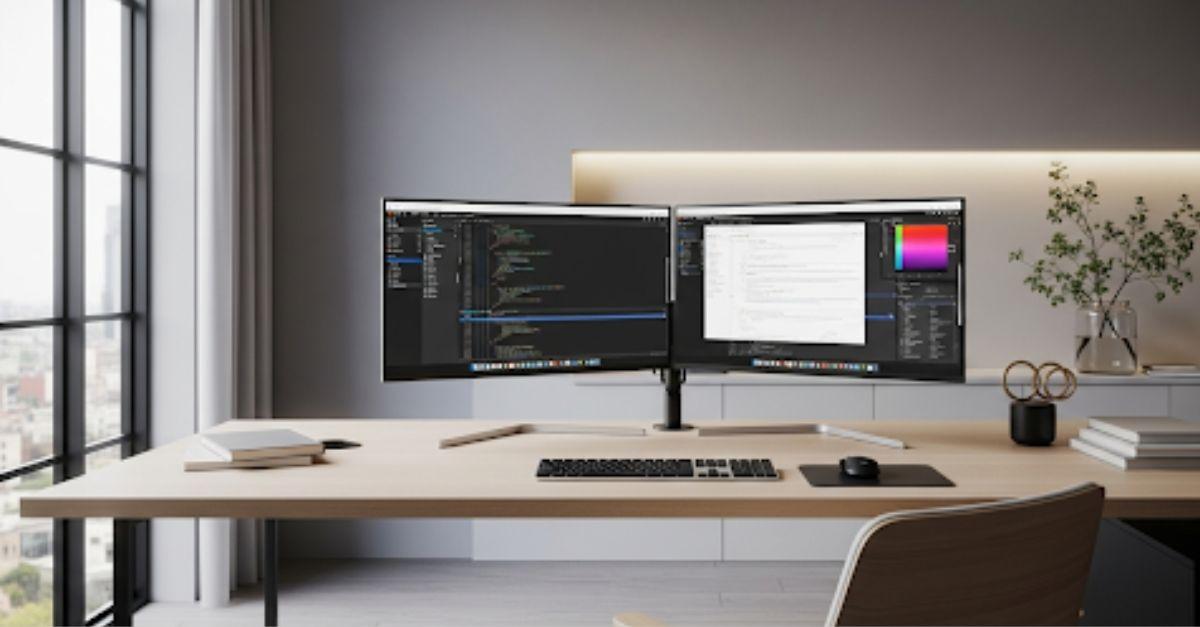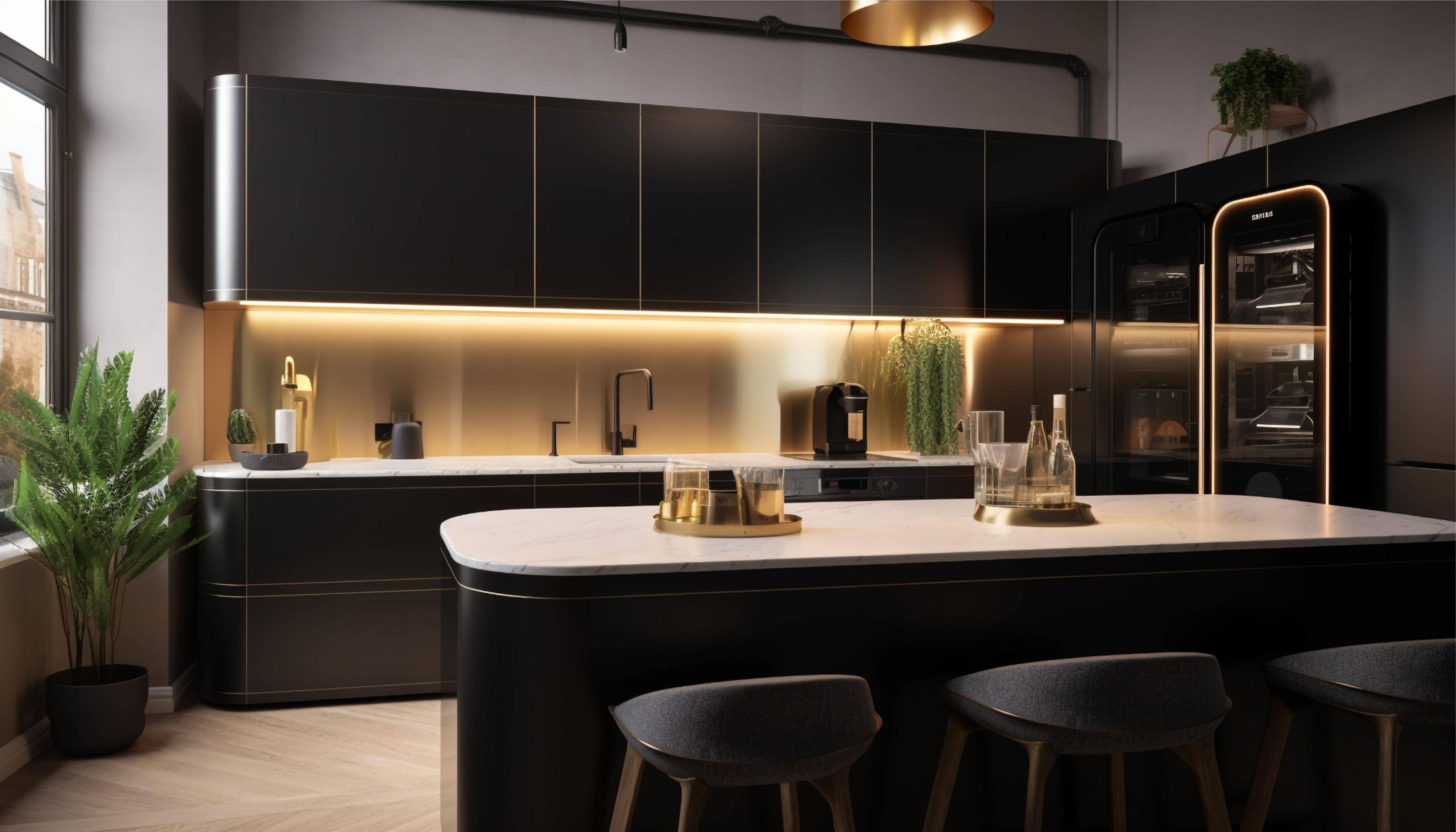Boosting Productivity with Dual Monitor Workstations

The Rising Trend of Dual Monitor Workstations
In recent years, dual monitor setups have moved from being a luxury for tech enthusiasts to a common feature in modern workplaces. Businesses now recognize the tangible benefits these configurations offer, from better multitasking to improved visual comfort. Many companies are integrating officesupply solutions to ensure employees have access to the tools they need for maximum productivity. This shift reflects a broader understanding of how workspace design can influence efficiency and employee satisfaction.
Dual monitors provide additional digital real estate, which reduces the time spent switching between applications. Employees can keep reference materials, communication tools, and primary work documents visible at the same time, streamlining their workflow.
Why Workspace Design Matters
Workspace design isn’t just about furniture placement—it’s about creating an environment that supports efficiency and reduces strain. A dual monitor setup is a practical part of this design. By strategically placing screens, workers can maintain better posture, reduce unnecessary mouse movements, and minimize cognitive load. This means fewer distractions and less mental effort spent on window management.
The right monitor arrangement also complements ergonomic desks and chairs, ensuring that all elements of the workstation work together to support the user’s health and productivity.
Productivity Benefits of Dual Monitors
Enhanced Multitasking
Dual monitors allow users to keep multiple applications visible simultaneously. This eliminates the constant need to toggle between tabs or windows, saving seconds that add up over the course of a day. For example, a designer can work on a layout on one screen while referencing style guides on the other, while an analyst can review data on one display and draft a report on the second.
Reduced Errors
When switching between applications on a single screen, it’s easy to lose context or make small mistakes. With two monitors, relevant information remains visible, reducing the chances of oversight. This is particularly beneficial in fields like finance, customer service, and content creation, where accuracy is critical.
Better Communication Flow
In hybrid work environments, video conferencing has become a daily routine. With a dual setup, one monitor can display the meeting window while the other shows notes, presentations, or related documents, ensuring smoother collaboration and faster decision-making.
Ergonomic Considerations for Dual Monitor Use
Ergonomics plays a vital role in any office setup. Poorly placed monitors can lead to neck strain, eye fatigue, and posture problems. Ideally, both screens should be at eye level and positioned at a comfortable viewing distance. Some professionals opt for matching monitor sizes to ensure seamless screen-to-screen transitions.
When setting up, it’s best to place the primary monitor directly in front of you, with the secondary slightly angled. Adjustable stands and mounts can help fine-tune the placement for optimal comfort.
Industry Use Cases and Real-World Examples
Creative Professions
Graphic designers, video editors, and animators benefit immensely from dual monitor setups. They can keep editing tools on one display and preview windows on another, reducing interruptions and improving creative flow.
Data-Heavy Roles
Accountants, analysts, and researchers often work with large datasets and complex spreadsheets. A second screen allows them to cross-reference data without constant scrolling or tab switching.
Customer Support
Support agents can maintain real-time chats or call dashboards on one screen while accessing client information or troubleshooting guides on the other, ensuring quick and accurate responses.
Technology and Infrastructure Needs
Setting up dual monitors isn’t just about buying an extra display. Businesses must also consider compatible hardware, such as graphics cards and docking stations. Reliable cabling, display adapters, and stable desk mounts are equally important for maintaining a clean, professional workspace.
As part of a broader IT infrastructure, companies often integrate solutions from Computers & networking providers to ensure that multiple monitors run smoothly without lag or connectivity issues. This technical backbone is crucial for sustaining productivity gains.
Balancing Costs with Long-Term Benefits
While dual monitor setups require an initial investment, the long-term productivity improvements often outweigh the costs. Employees can complete tasks faster, make fewer mistakes, and experience less frustration during complex projects. Over time, these gains translate into measurable efficiency improvements for the organization.
Maintaining Focus in a Dual Monitor Environment
While additional screens can be a productivity boon, they can also become a source of distraction if not used intentionally. It’s essential to develop a workflow strategy that leverages both monitors for task-related activities rather than personal browsing or unrelated content. Setting boundaries for screen use ensures that the technology serves its purpose without undermining focus.
Future Trends in Multi-Monitor Workspaces
With the rise of remote work and cloud-based applications, the use of dual or even triple monitor setups will likely continue to grow. Manufacturers are also developing ultra-wide curved monitors as an alternative, but many users still prefer the flexibility of separate displays. Future innovations may focus on higher resolutions, better color accuracy, and improved ergonomic designs to further enhance productivity.
Conclusion
Dual monitor setups are more than just a tech upgrade—they are a strategic investment in workplace efficiency, collaboration, and employee well-being. By combining ergonomic design with the right hardware and workflow habits, businesses can unlock significant productivity gains. In an increasingly competitive market, the ability to work smarter and faster can be a decisive advantage.








